Stop Throwing Food in 5 Steps
Get the free childhood design guide
 All schemas are crucial for toddlers' development. Knowing this is so helpful to reframe your children's behavior and realize they're not being naughty.via @ParentingJunkieTweet This
All schemas are crucial for toddlers' development. Knowing this is so helpful to reframe your children's behavior and realize they're not being naughty.via @ParentingJunkieTweet ThisMost of us know the feeling of preparing a lovely meal for our children and sitting down to enjoy it only to have our toddler promptly throw it on the floor. It can be so aggravating… And if you’re not sure how to handle this situation, you’re not alone! Let’s talk about what we can do about it.
So what do we do when our toddlers throw food? First of all, it’s important to recognize that this is normal toddler behavior. When we think behavior is abnormal and a problem, we tend to get overly reactive and respond in less healthy ways and perhaps add fuel to the fire.
The concept I want to introduce here is called schemas. Schema is just a fancy way of saying urges — the natural curiosity all children have in the toddler stage to explore their world. The schema related to throwing is called trajectory. The trajectory schema is all about finding out what happens when we throw things. That could be throwing food or throwing a ball or throwing myself off the couch to see what happens! Almost all toddlers go through a throwing stage. So at mealtimes, it’s very natural for them to be exploring the fascinating concept of gravity by throwing food. But as much as we love curiosity, it doesn’t mean that we’re not going to do anything about it.
Here are 5 steps to help your toddler learn to keep their food on their plate and not on the floor:
- Remind yourself this is normal
When the behavior happens, remember that this is a natural and normal urge. It’s not something worth getting angry, upset or worried about. Most toddlers do this because they’re still learning what’s appropriate to throw and what isn’t. - Stay calm
Remember Dr. Laura Markham’s mantra: this is not an emergency! It’s really important that we don’t get overly activated and react angrily because that makes the behavior seem even more intriguing to our child. It can also enter us into a power struggle with them. They become worried and curious and nervous about the behavior and will tend to repeat it until they understand it better. Think to yourself, “This is no big deal.” Then you can actually respond in a way that’s more kind, healthy and helpful. We really want to not get activated and stay calm and show our kid like, “Hey, you can’t upset me. I’m unshakeable. I can handle this.” - State clearly what you want to see
Next, state clearly what you do want to see. Most parents quickly tell their children what they don’t want to see. “Don’t throw food!” While totally normal and common, what’s even more effective is to say what we do want to see. Something like, “Food goes in our mouths, not on the floor!” or “I want you to keep the food on your plate right now.” We want to encourage the positive behavior, and saying what we do want to see offers the child a path to success. - Don’t keep the game going
Toddlers are still differentiating between appropriate behaviors and inappropriate behaviors, and that will take them years to figure out. When they throw a ball and you pick it up and throw it back to them, that’s perfectly fine. You’re keeping the game going and they get the message that that’s good behavior. If they throw the food and you keep picking it up and putting it back, they get the message that this is a game. It’s fun to throw it and then mommy puts it back and we do it again and again. Mommy gets red and aggravated, but that’s just part of the game! Instead, you can stop the game there and say, “If you’re throwing food, that probably means you’re not hungry, and the meal is over. I won’t let you throw any more food.” Then you remove them from the highchair. After this happens a couple of times, they will begin to realize the cause and effect of throwing food and not eating anymore. If they’re still hungry, they can come try again in a few minutes, but you’re not going to keep their game going. - Offer alternatives
Find other ways your toddler can satisfy his or her natural urge to throw. Maybe offer a basket of balls to throw into another basket. Or welcome a soft, friendly pillow fight. But they need to get the clear message from you that we don’t throw food.
So there you have it: 5 ways to stop your toddler throwing food.
Stay cool, calm and collected. Remember this is normal behavior. Your child is simply following their natural urges to explore the world and learn about how things work. Kids are wired to play, and that includes all of their schemas.
It is mind-blowing how this aspect of play is so crucial for toddlers’ development and so under spoken about. It’s such helpful information to reframe your children’s behavior and realize they’re not being naughty. However, the toddler needs to also get the message that the behavior is not acceptable because it’s messy, wasteful and not the way we behave at the table.
I’d love to hear if YOU have any other tips for helping kids learn not to throw their food! Leave a comment below and join me over on Instagram @parentingjunkie!



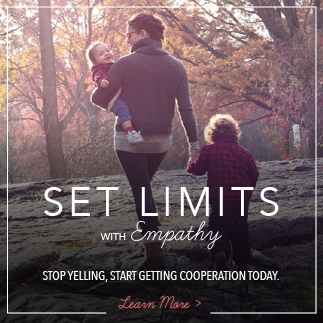
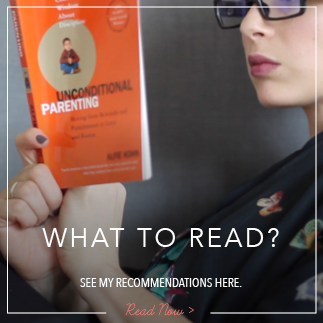


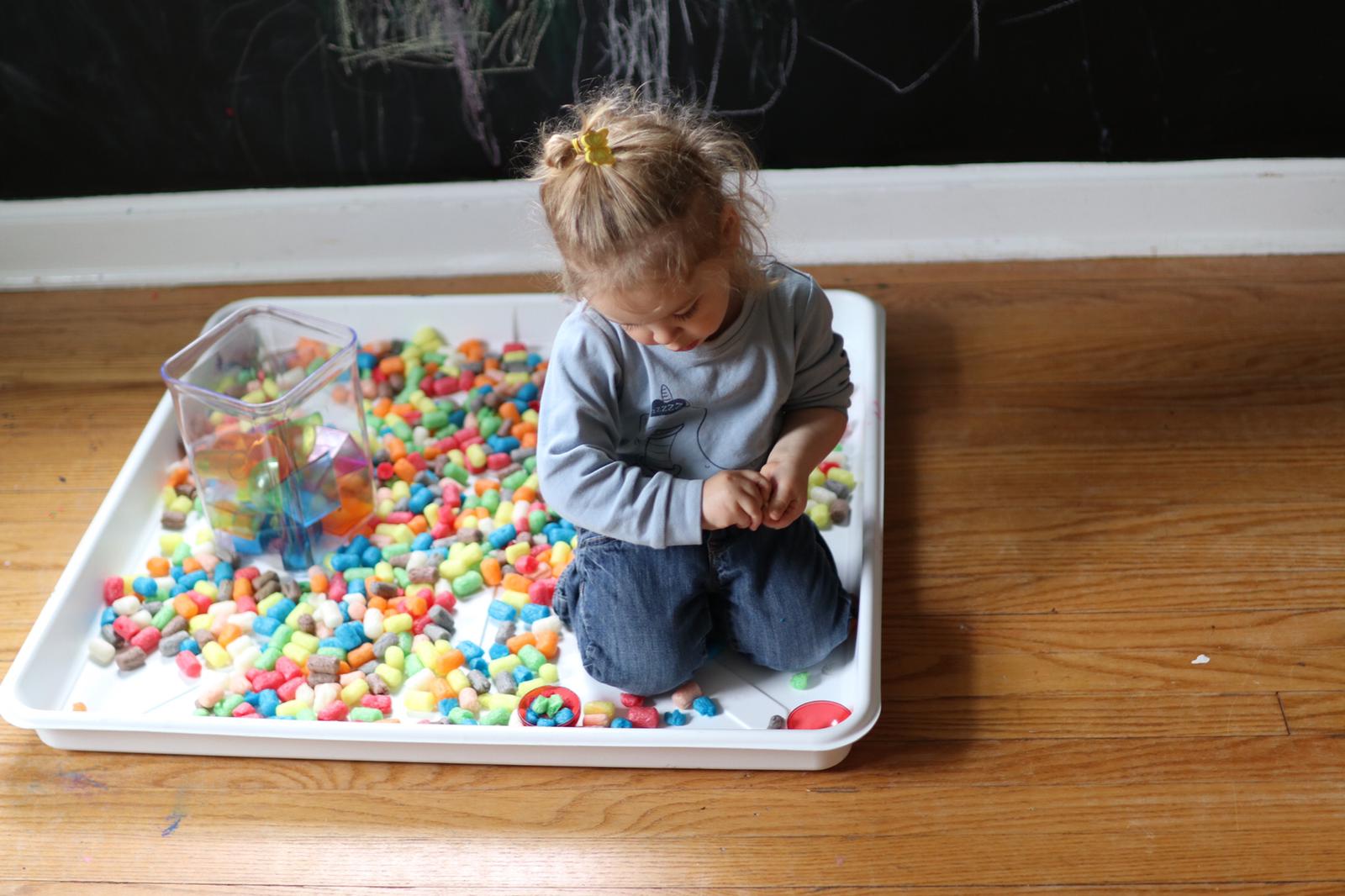
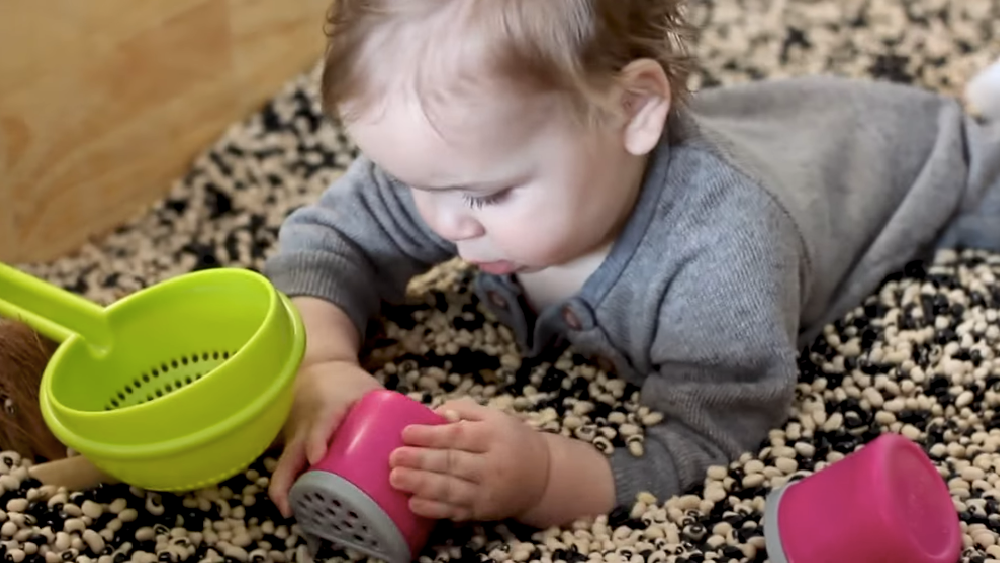

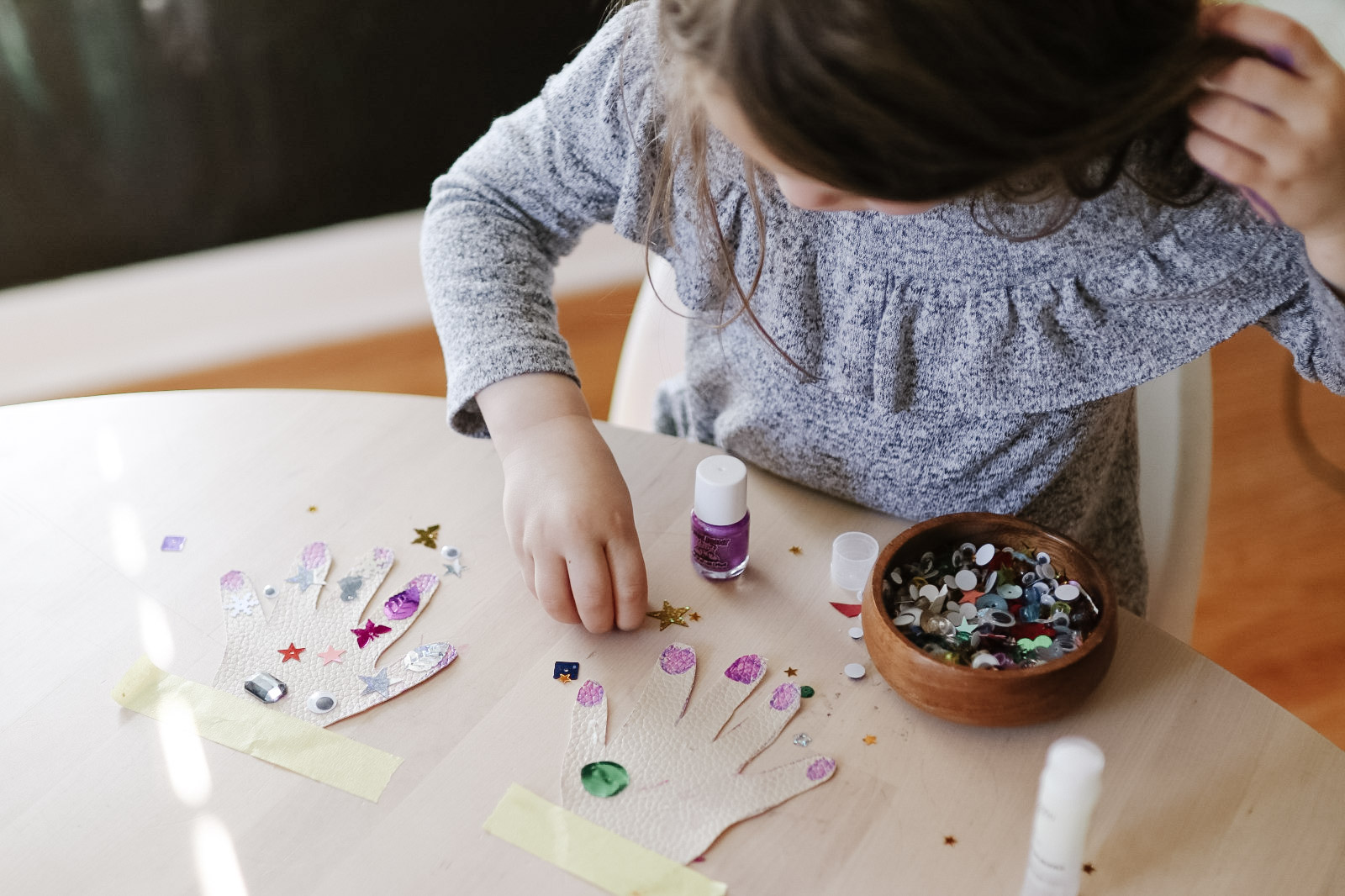
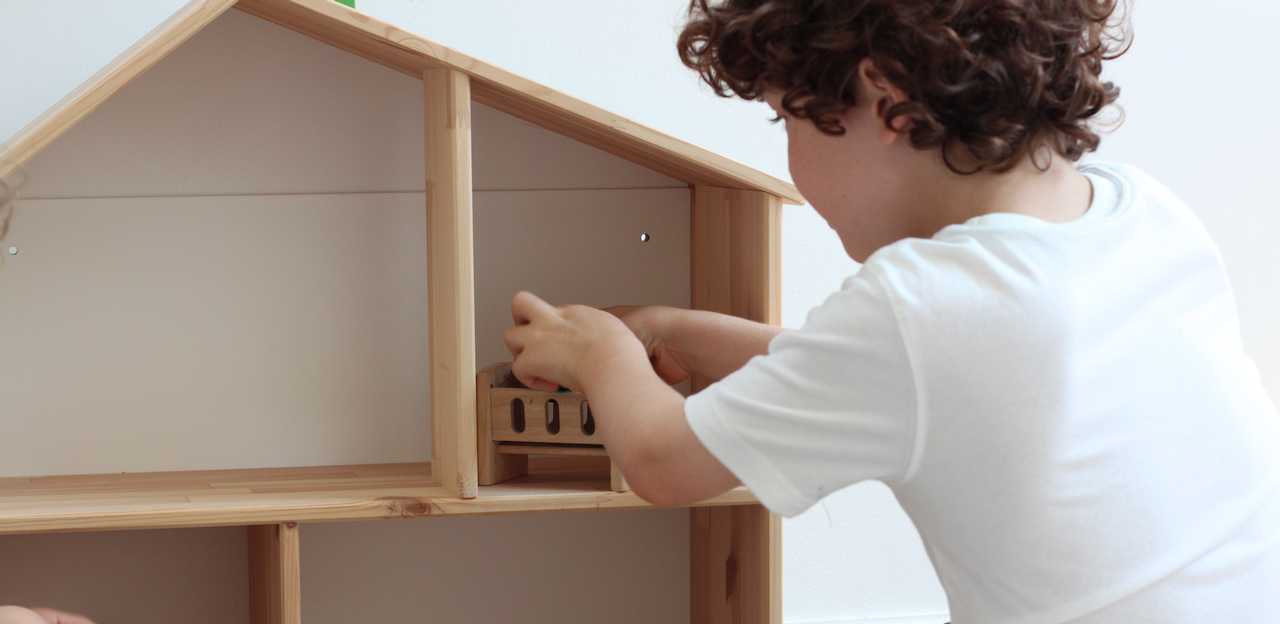
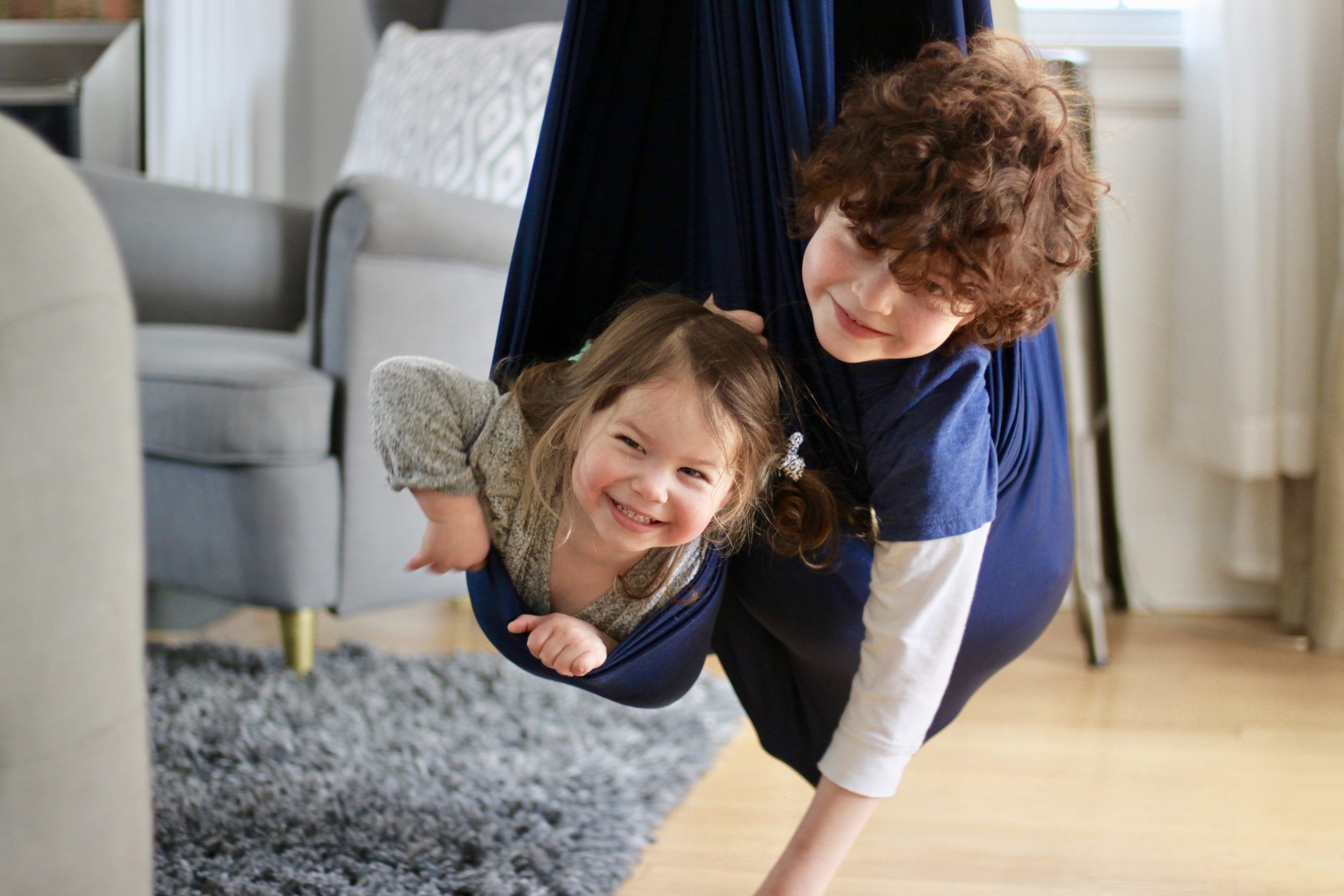

0 comments